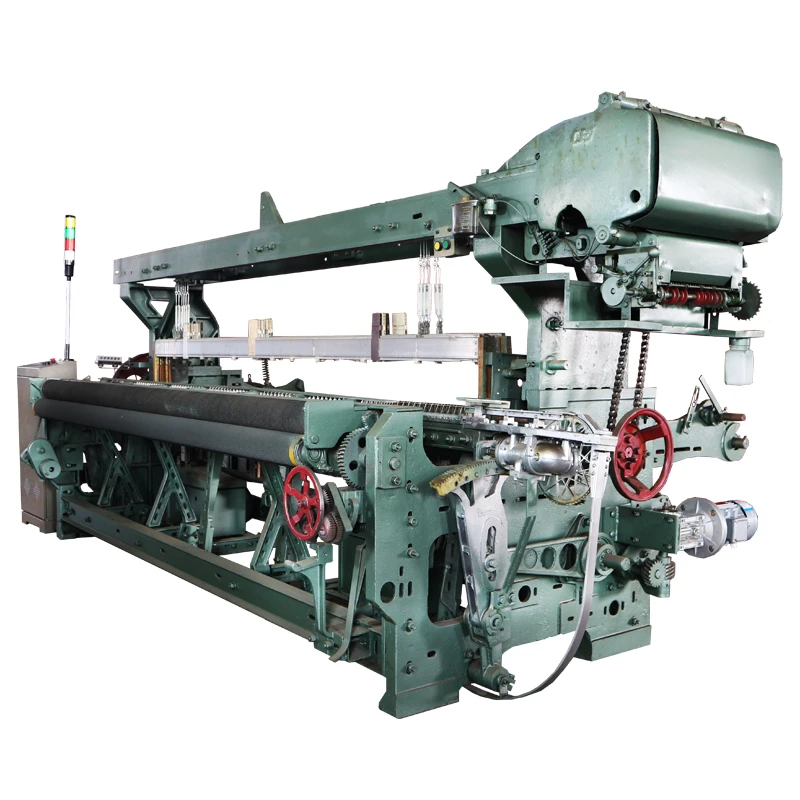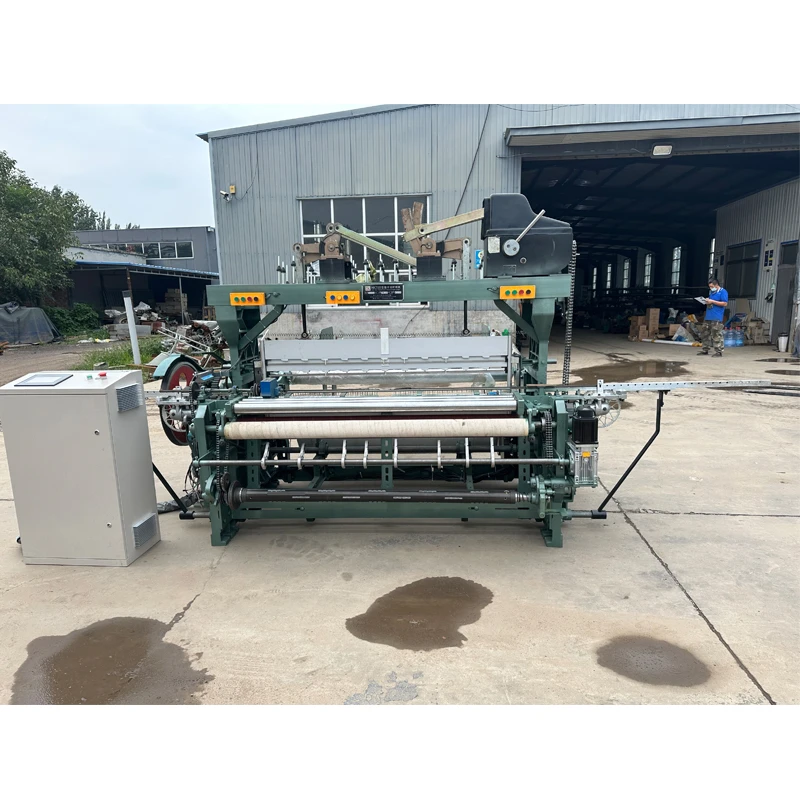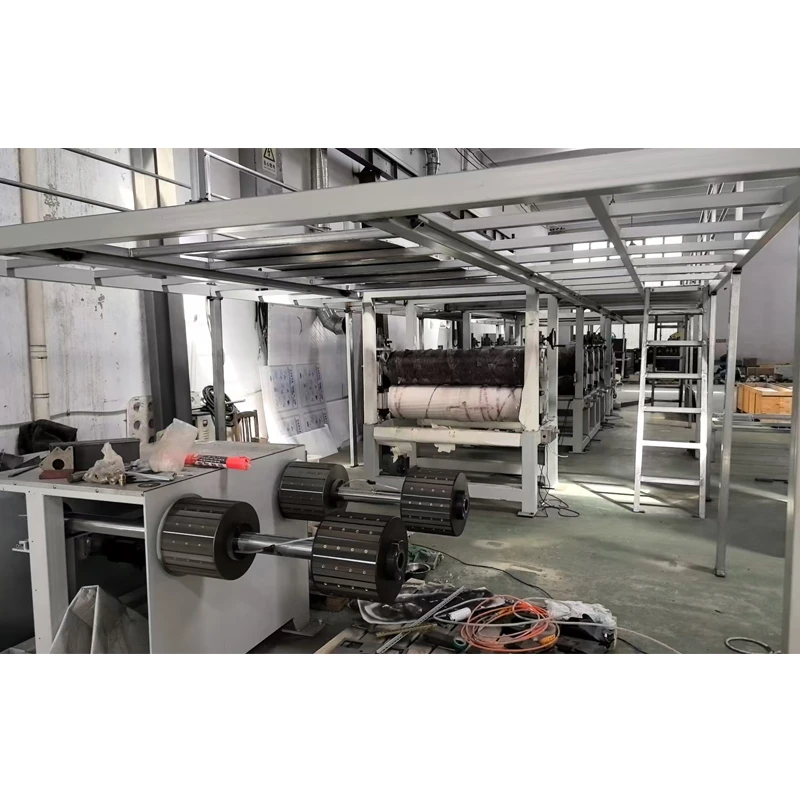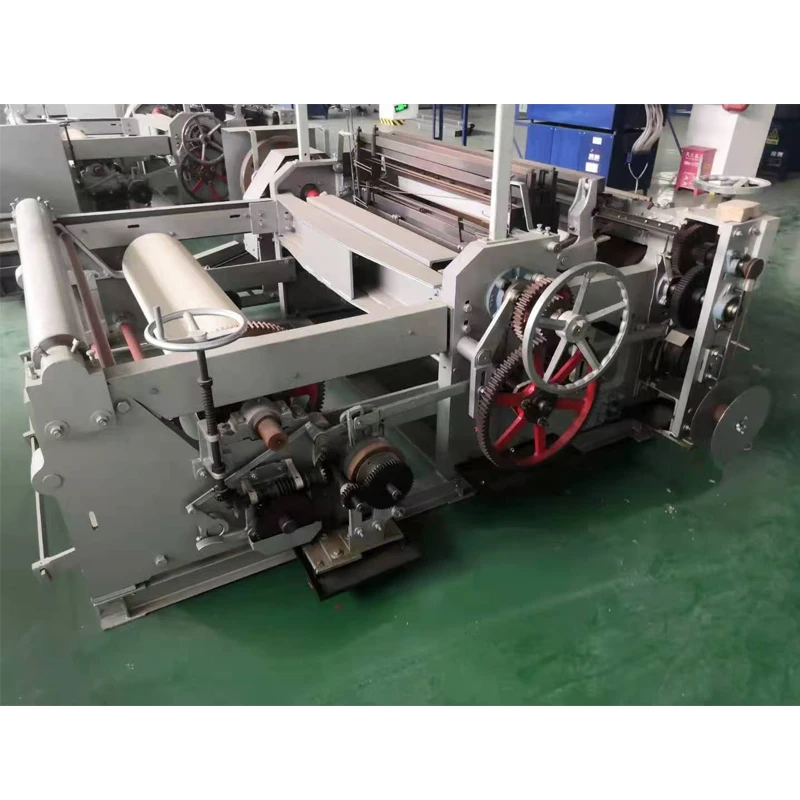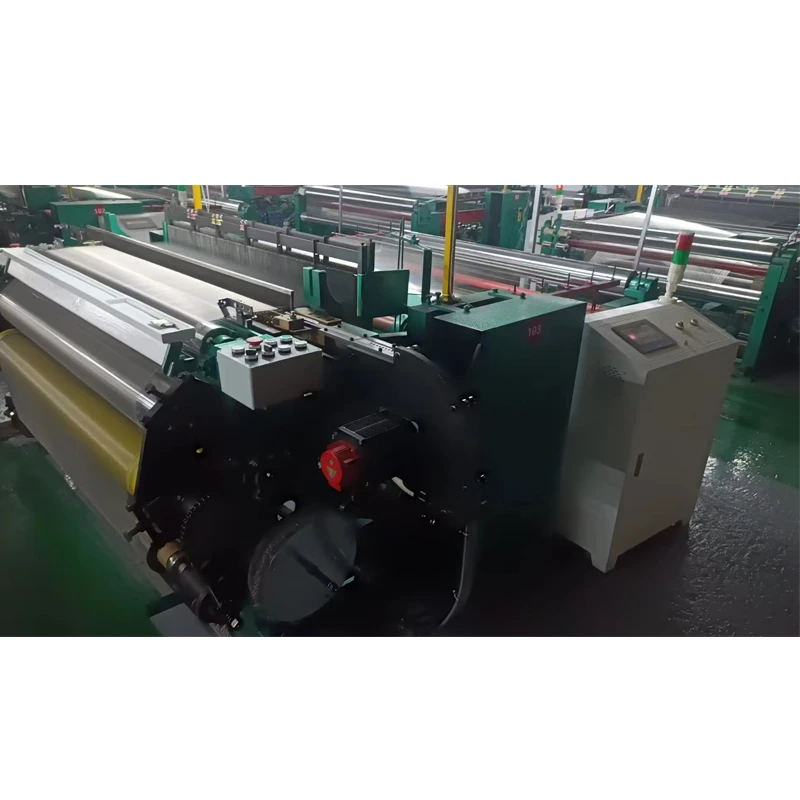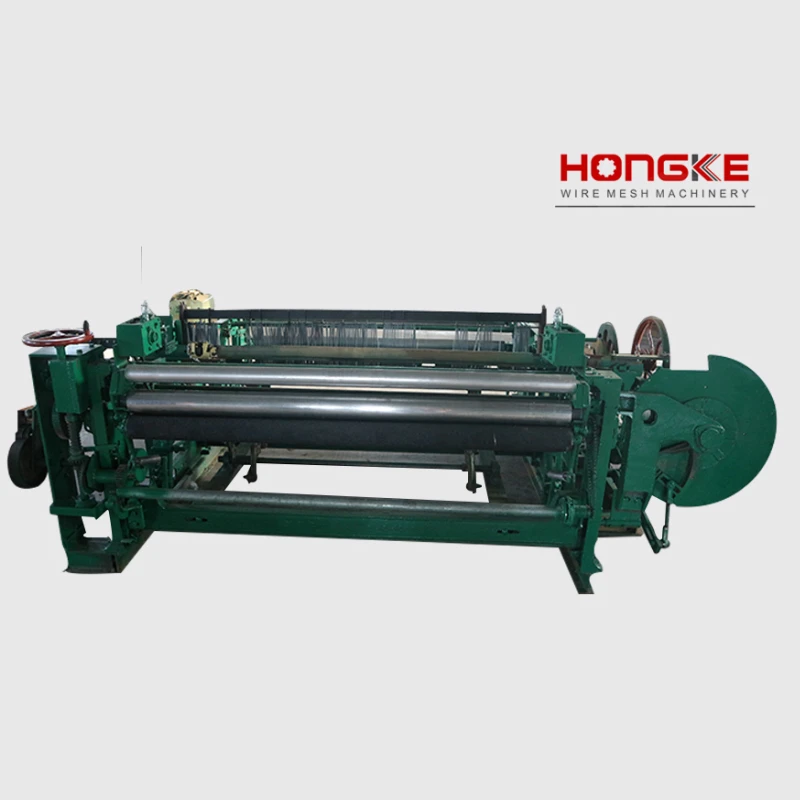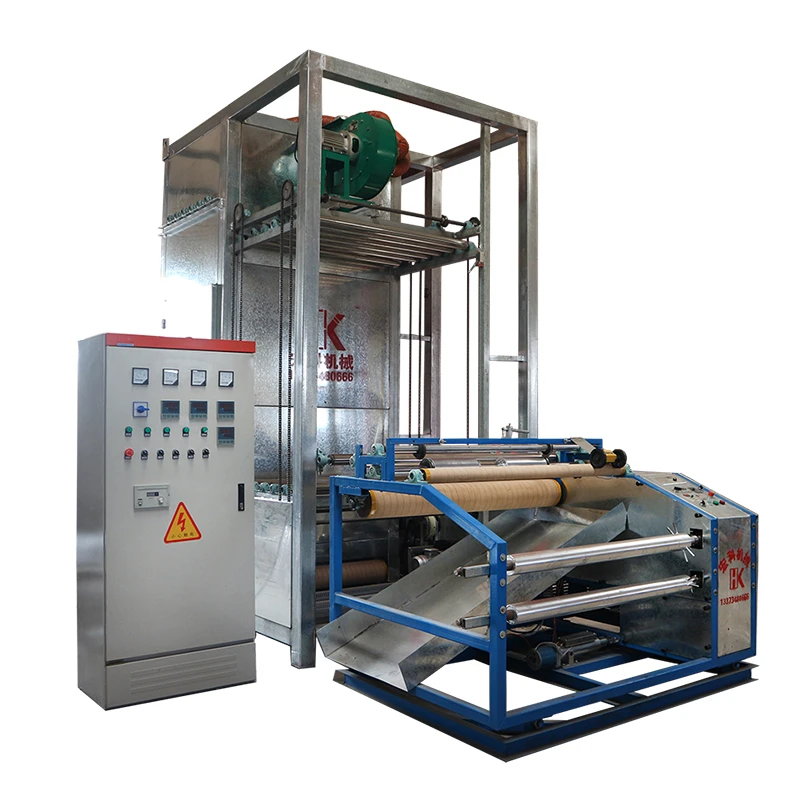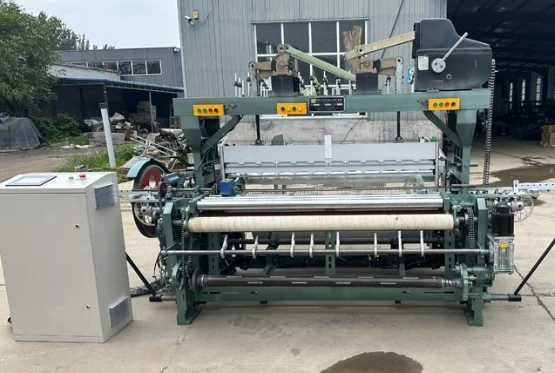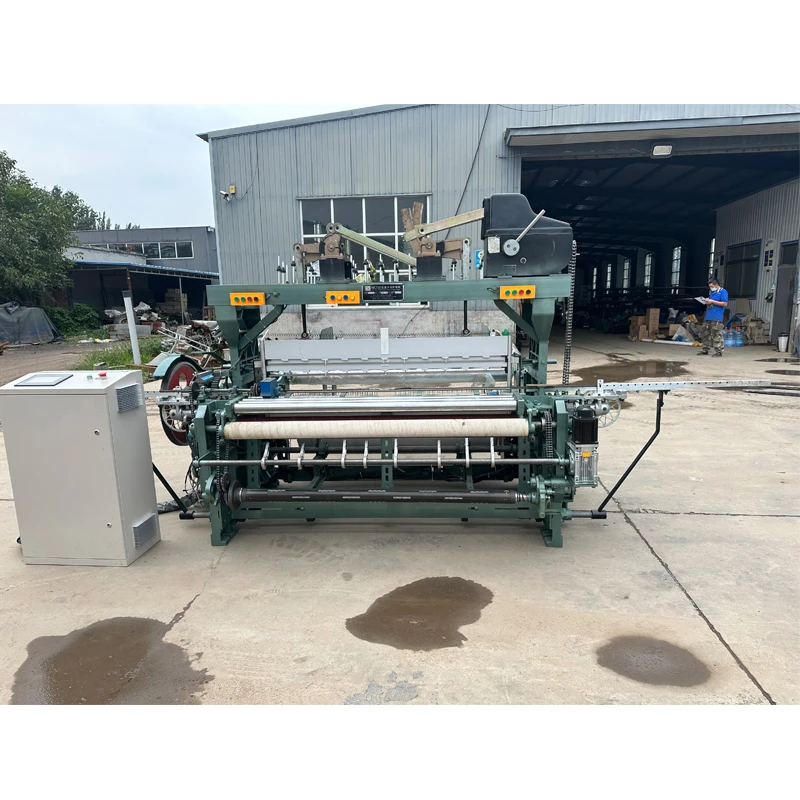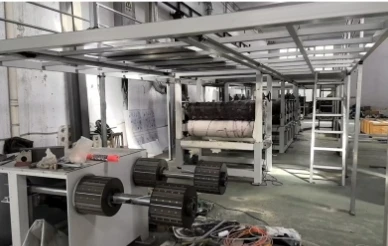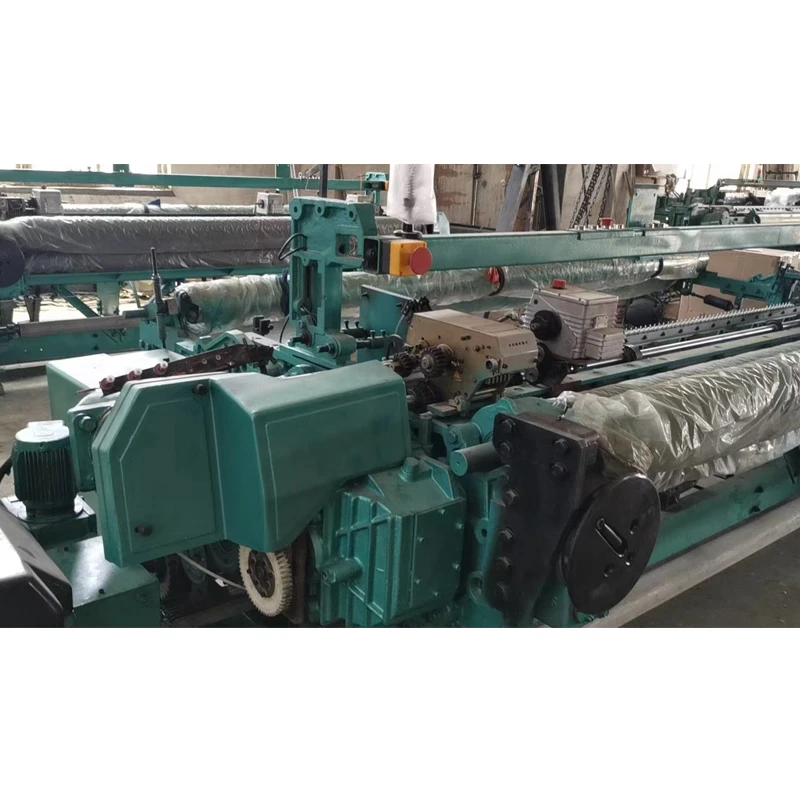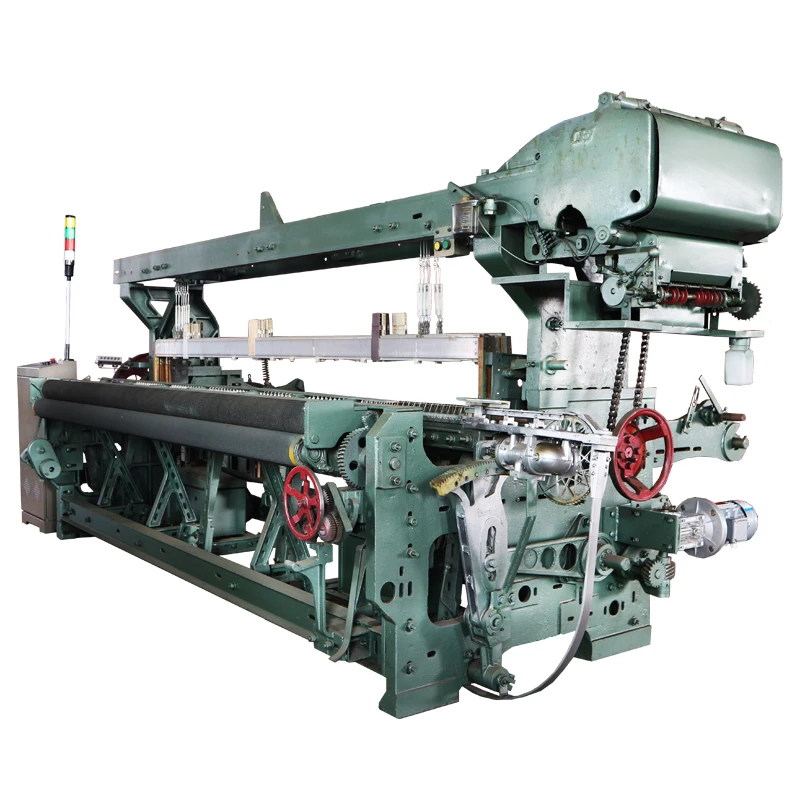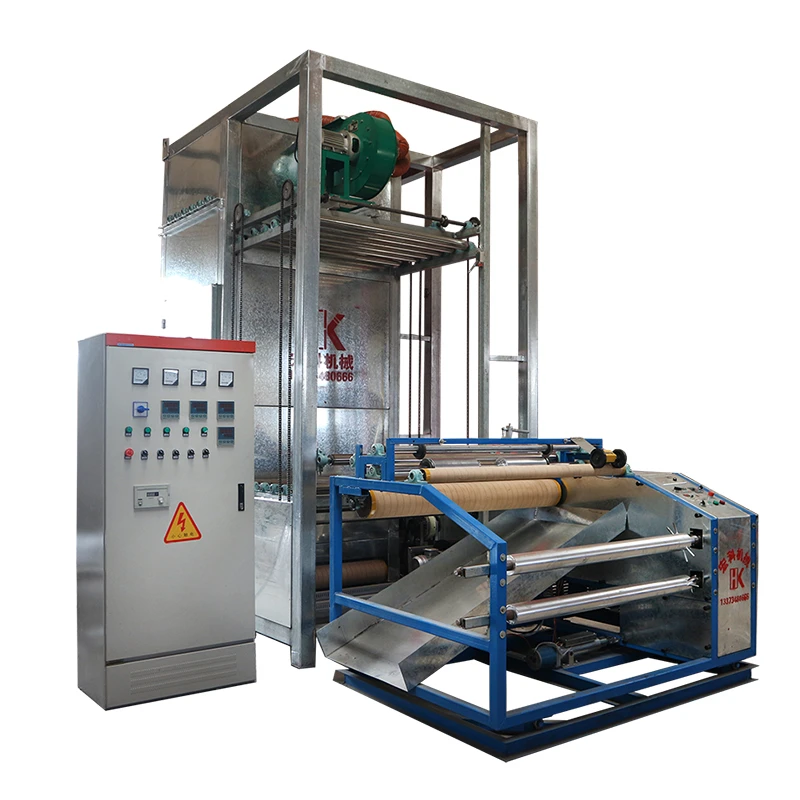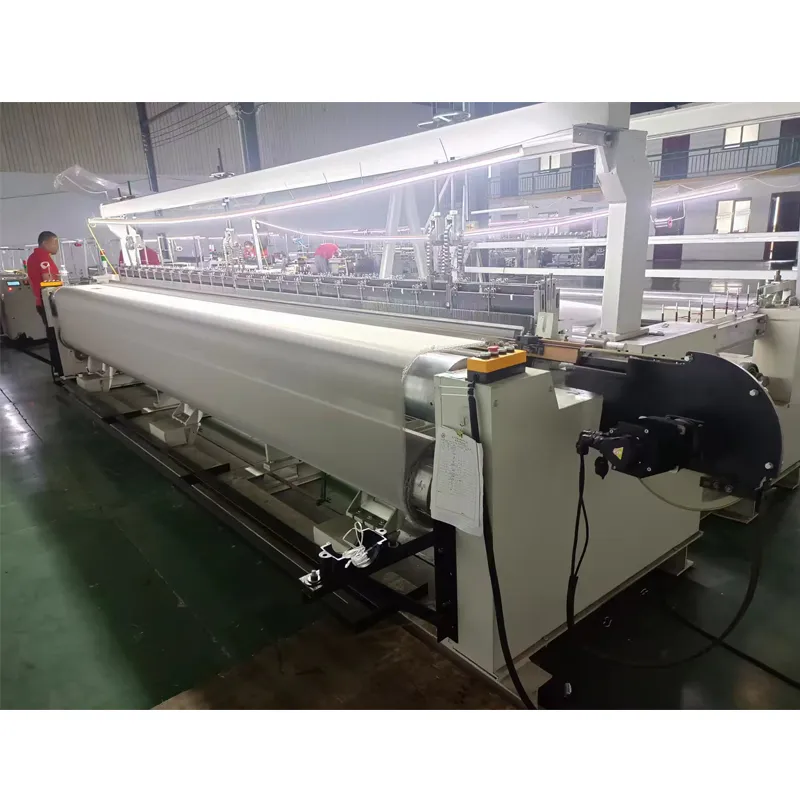
This comprehensive overview explores the technical excellence and industrial value of modern rapier weaving systems:
- Revolutionary capabilities transforming textile manufacturing
- Technical specifications and performance benchmarks
- Manufacturer comparison and market position analysis
- Customization potential for specialized fabric production
- Material compatibility and application versatility
- Operational case studies demonstrating ROI
- Future development trajectory in industrial weaving

(flexible rapier loom)
Flexible Rapier Loom Innovations Transforming Textile Production
Modern weaving technology has undergone transformative evolution with advanced flexible rapier loom
systems. These sophisticated machines deliver exceptional versatility across fabric types - from lightweight sheers to heavyweight technical textiles. Contemporary models feature integrated microprocessor controls managing variables like tension profiles, pick density, and automated fault detection with ±0.3% precision.
Industrial data confirms productivity increases of 40-55% compared to traditional shuttle systems, alongside 30% reduction in power consumption through optimized servo drive mechanisms. Leading mills report average efficiency ratings above 92% across continuous operations, with material waste below 1.2% even with complex weave patterns. These improvements fundamentally reshape production economics across the entire textile sector.
Engineering Superiority: Technical Specifications Breakdown
Precision engineering defines next-generation rapier power loom performance. Current flagship models achieve insertion rates exceeding 1,600 picks per minute across 380cm widths, maintaining warp tension consistency within 2% variance under maximum load. Electronic let-off and take-up systems synchronize via CAN bus architecture with response times under 5ms.
Modular designs incorporate harmonic drive technology reducing vibration by 75% compared to conventional gear systems. This extends bearing lifespan beyond 50,000 operational hours while maintaining weft insertion accuracy within 0.1mm tolerance. Thermal imaging studies demonstrate 30% lower operating temperatures in critical drive sections compared to previous generations - a key factor in maintenance reduction.
Manufacturer Comparison: Performance Metrics Analysis
| Manufacturer | Max RPM | Energy Usage (kW) | Noise Level (dB) | Changeover Time | Weft Insertion Accuracy |
|---|---|---|---|---|---|
| Picanol Gamma | 1,050 | 4.8 | 78 | 42 min | ±0.08mm |
| Dornier A1 | 950 | 5.2 | 82 | 68 min | ±0.12mm |
| Smit GS900 | 1,100 | 5.5 | 84 | 35 min | ±0.15mm |
| Tsudakoma ZAX | 1,250 | 6.1 | 80 | 28 min | ±0.05mm |
Recent benchmarking reveals distinct operational advantages between systems. While maximum speed varies between platforms, thermal efficiency emerges as a critical differentiator with variance up to 22% between manufacturers. Operational studies demonstrate premium models achieve ROI within 18-26 months through combined throughput advantages and energy savings.
Customized Solutions for Technical Textile Applications
Advanced rapier loom weaving machines provide extensive adaptation capabilities. Aerospace textile producers utilize specialized configurations featuring ceramic rapier tapes and pressurized sheds maintaining ±3µm tolerance for carbon fiber weaving. Medical fabric specialists employ configurations with 16-color electronic weft selectors producing gradient compression textiles.
Modular architecture enables integration of custom heddle frames accommodating up to 24,000 warp ends for technical fabrics. Configurations for high-density weaving incorporate hydraulic beat-up systems applying 1,800N/cm² force with digitally controlled profiles. Such capabilities enable development of complex 3D weaves previously unattainable with conventional equipment.
Material Compatibility and Production Application Spectrum
Modern rapier systems demonstrate extraordinary material versatility. Industrial producers successfully weave metallic wires up to 0.8mm diameter alongside glass fiber composites with zero lubricant requirements. Smart textile implementations incorporate conductive threads at densities of 150 threads/cm without compromising insertion speed.
Fashion sector applications span multiple categories:
Luxury: Jacquard configurations producing 400dpi designs on silk/cashmere blends
Performance: Multi-layer weaving of moisture-wicking polyester with TPU membranes
Sustainability: Circular production using recycled PET fibers with 40% reduced shedding
Operational Case Evidence: Productivity Metrics
A leading European linen producer documented concrete performance data after upgrading to flexible rapier looms:
Output increased from 25.6 to 41.3 linear meters/hour while energy consumption decreased by 34%. Quality control logs showed a 78% reduction in machine-related defects, translating to $420,000 annual savings in material waste. Downtime decreased from 14% to 4.7% through predictive maintenance integration, increasing overall equipment effectiveness from 72% to 91%.
Automotive textile specialists in Asia reported a 37% decrease in changeover duration and eliminated weft-pattern errors through digital template management. These improvements contributed to a 28% increase in production capacity using existing floor space while achieving ROI in 16 months.
Rapier Power Loom: Advancing Industrial Weaving Capabilities
Next-generation developments focus on AI-assisted optimization systems that actively adjust operational parameters during production cycles. These platforms utilize spectral analysis of fabric in real-time, automatically compensating for tension variations with millisecond-level adjustments. Field tests demonstrate 18% waste reduction in high-variability natural fibers.
IoT connectivity now provides remote calibration capabilities, reducing service interventions by 55%. These advancements cement the position of rapier loom weaving machine technology as the cornerstone of textile manufacturing innovation. Industry forecasts indicate deployment growth of 8.2% annually through 2028 as more production shifts to precision-engineered, responsive weaving platforms.
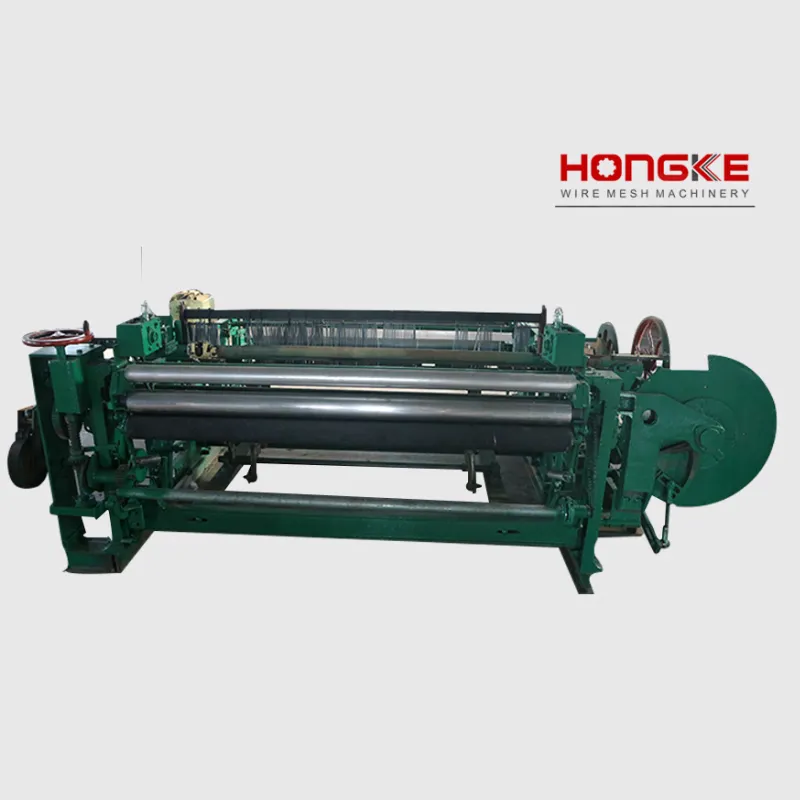
(flexible rapier loom)
FAQS on flexible rapier loom
下面是根据核心关键词及其相关词创建的5组英文FAQs。每个问答组使用HTML格式呈现,问题采用H3标签(开头添加`Q:`前缀),回答采用`A:`前缀。每个问题和答案控制在三句话内。整个输出以HTML富文本形式返回。Q: What is a flexible rapier loom?
A: A flexible rapier loom is a type of weaving machine that uses flexible tapes to carry the weft yarn across the warp. This design allows for high-speed operation and reduced vibrations compared to rigid systems. It is ideal for producing a variety of fabric types efficiently.
Q: How does a rapier power loom operate in weaving?
A: The rapier power loom utilizes rapier heads to insert the weft yarn between the warp threads dynamically. This mechanism involves paired rapiers that transfer the yarn from one side to the center to complete each pick. It enables fast and precise fabric production while reducing energy consumption.
Q: What are the key advantages of a rapier loom weaving machine?
A: Rapier loom weaving machines offer superior versatility for handling different yarn types, including delicate fibers like silk or synthetics. They support high production rates with minimal yarn waste through automated functions. Additionally, their adaptability makes them suitable for complex fabric designs across various industries.
Q: In which applications is a rapier loom weaving machine commonly used?
A: This machine is widely employed in textile manufacturing for creating products such as apparel, upholstery, and technical fabrics. It excels with fibers like cotton, wool, and blends, enabling mass production in factories. Industries like fashion, home textiles, and automotive frequently utilize these looms for efficient output.
Q: Why are flexible rapier looms considered more adaptable than other types?
A: Flexible rapier looms incorporate bendable tapes instead of rigid parts, which dampens noise and vibration during high-speed weaving. This flexibility allows quick changes between fabric widths and patterns without disruption. As a result, they offer enhanced durability and suitability for diverse manufacturing needs.









